The allure of indoor plants adds a touch of nature’s beauty to our homes, providing a refreshing ambiance that both humans and pets can enjoy. However, the safety of our beloved feline companions must always be a top priority when selecting and caring for houseplants.
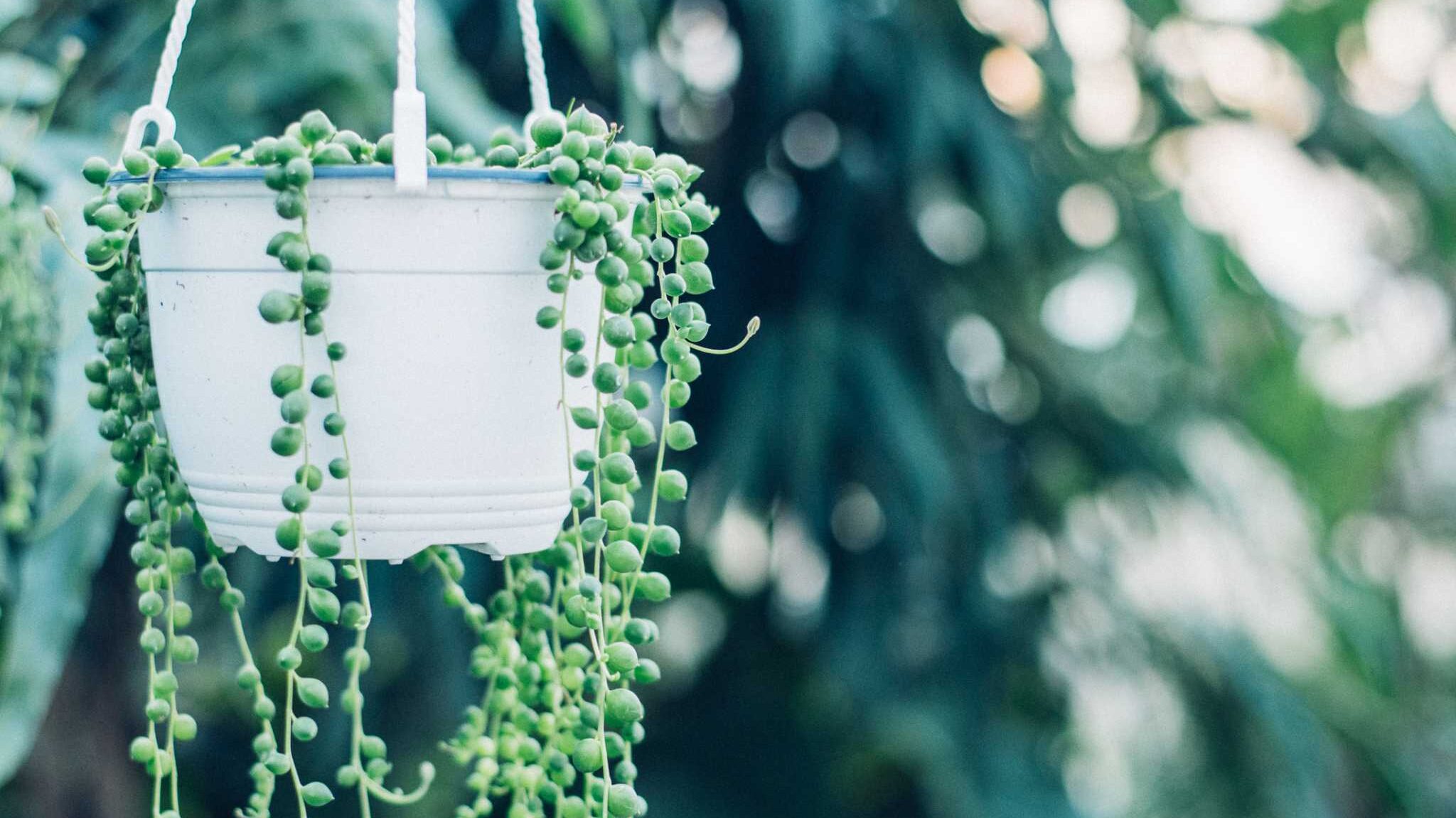
The question of whether certain plants are toxic to cats is a crucial consideration, and one such plant that has garnered attention is the captivating “String of Pearls” (Senecio rowleyanus). In this article, we will explore the potential toxicity of the String of Pearls plant to cats, shed light on the risks it may pose, and offer insights into responsible plant ownership for households with feline members.
What Makes the String of Pearls Plant Toxic to Cats?
Toxic chemicals found in the string of pearls plant include irritating sap and pyrrolizidine alkaloids.
Irritating sap:
The milky sap of the string of pearls plant can irritate cats’ skin, eyes, and mucous membranes. Your cat may experience itching, redness, swelling, or pain if it comes into touch with the sap. If the sap gets into your cat’s eyes, it can cause conjunctivitis, corneal ulcers, and even blindness.[1]
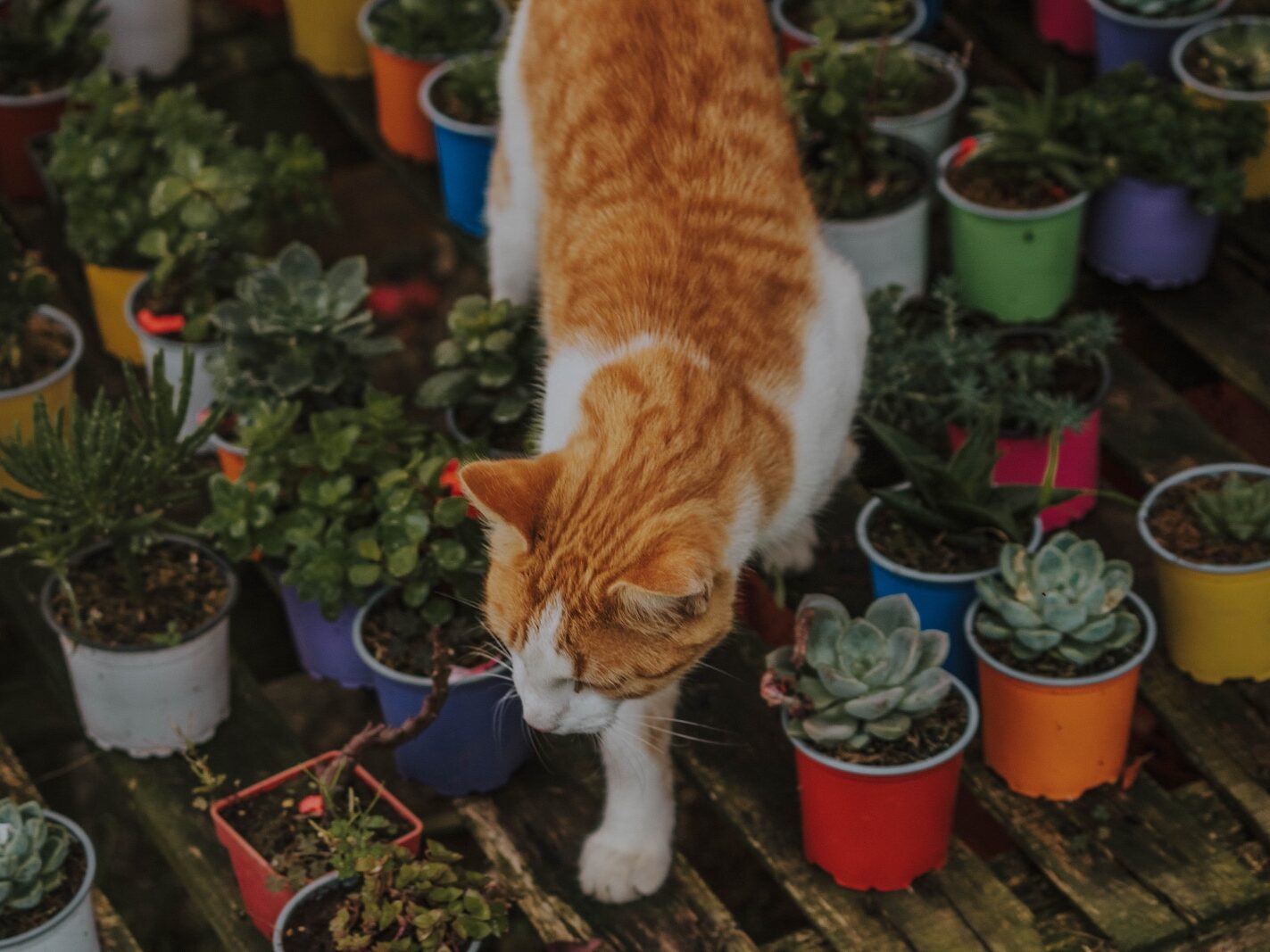
Pyrrolizidine alkaloids:
The string of pearls plant also has pyrrolizidine alkaloids, which are compounds that can damage the liver and cause liver failure in cats. Pyrrolizidine alkaloids have the ability to stop cell division and cause cell death in the body.They can also cause blood clots and bleeding disorders in cats.
What Are the Signs of Cat String of Pearls Plant Poisoning?
Your cat may exhibit the following symptoms if it consumes any component of the string of pearls plant:
- Vomiting
- Diarrhea
- Drooling
- Appetite loss
- Lethargy
- Weakness
- Jaundice (skin and eye yellowing)
- Pain in the abdomen
- heightened thirst and urination
- Urine or feces containing blood
- Seizures
- Coma
The severity of the symptoms will depend on how much of the plant your cat consumed, when it consumed it, and how healthy your cat is. Some cats may just have mild stomach distress, whilst others may develop life-threatening liver failure.
How to Treat String of Pearls Plant Poisoning in Cats?
If you suspect your cat has eaten any part of the string of pearls plant, take it to the vet right away. Do not try to induce vomiting or offer your cat any home remedies as this may worsen its condition.[2]
Your veterinarian will do a physical examination as well as several tests to confirm the diagnosis and determine the extent of the injury. To avoid further toxicity absorption, your vet may induce vomiting or administer activated charcoal to your cat. Depending on its condition, your cat may require intravenous fluids, anti-nausea medication, pain relievers, antibiotics, blood transfusions, or liver support medication.
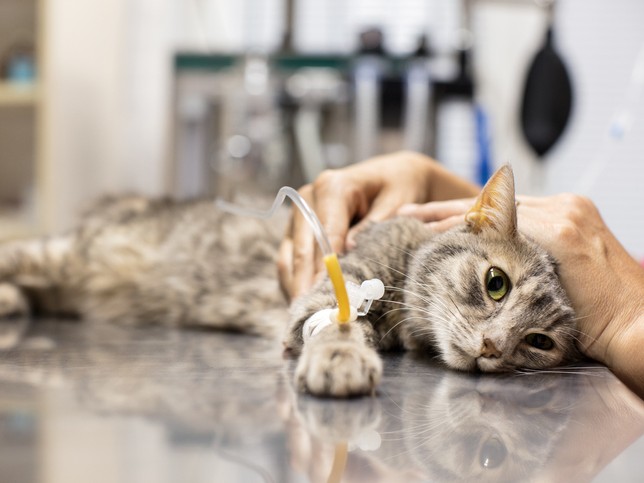
Your cat’s prognosis will be determined by how quickly you seek veterinary care and how much liver damage has occurred. Some cats may recover fully with prompt treatment, while others may have permanent liver damage or die from liver failure.
How Can String of Pearls Plant Poisoning in Cats Be Avoided?
The easiest strategy to avoid string of pearls plant poisoning in cats is to keep this plant out of your home or garden. If you already have this plant or wish to maintain it for its aesthetic value, keep it out of your cat’s reach. Place it on a high shelf, in a hanging basket, or in a closed room where your cat cannot reach it. [2]
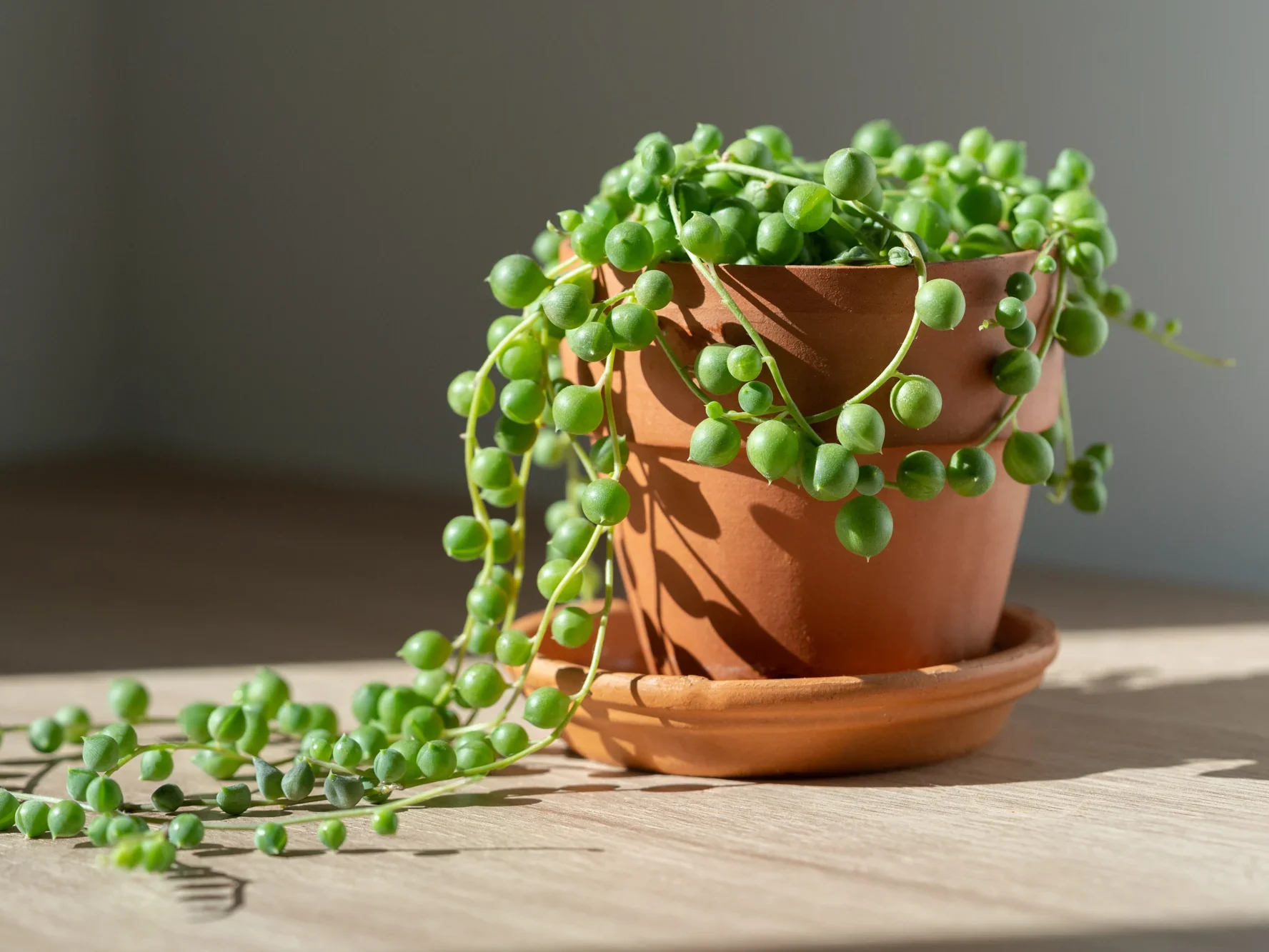
You should also keep an eye on your cat for any signs of interest or nibbling on the plant. If you find your cat chewing on any portion of the string of pearls plant, remove it from its mouth and inspect for for any signs of irritation or poisoning. You should also contact your vet for advice and treatment.
What Are Some Cat-Friendly Alternatives to the String of Pearls Plant?
If you are seeking for non-toxic alternatives to string of pearls plant for cats, you can choose from a variety of lovely and easy-to-care-for succulents. Here are a couple such examples:
Burro’s tail (Sedum morganianum):
This succulent has trailing stems with fleshy leaves that look like donkey tails. It is suitable for growing in hanging baskets and is safe for cats and dogs.
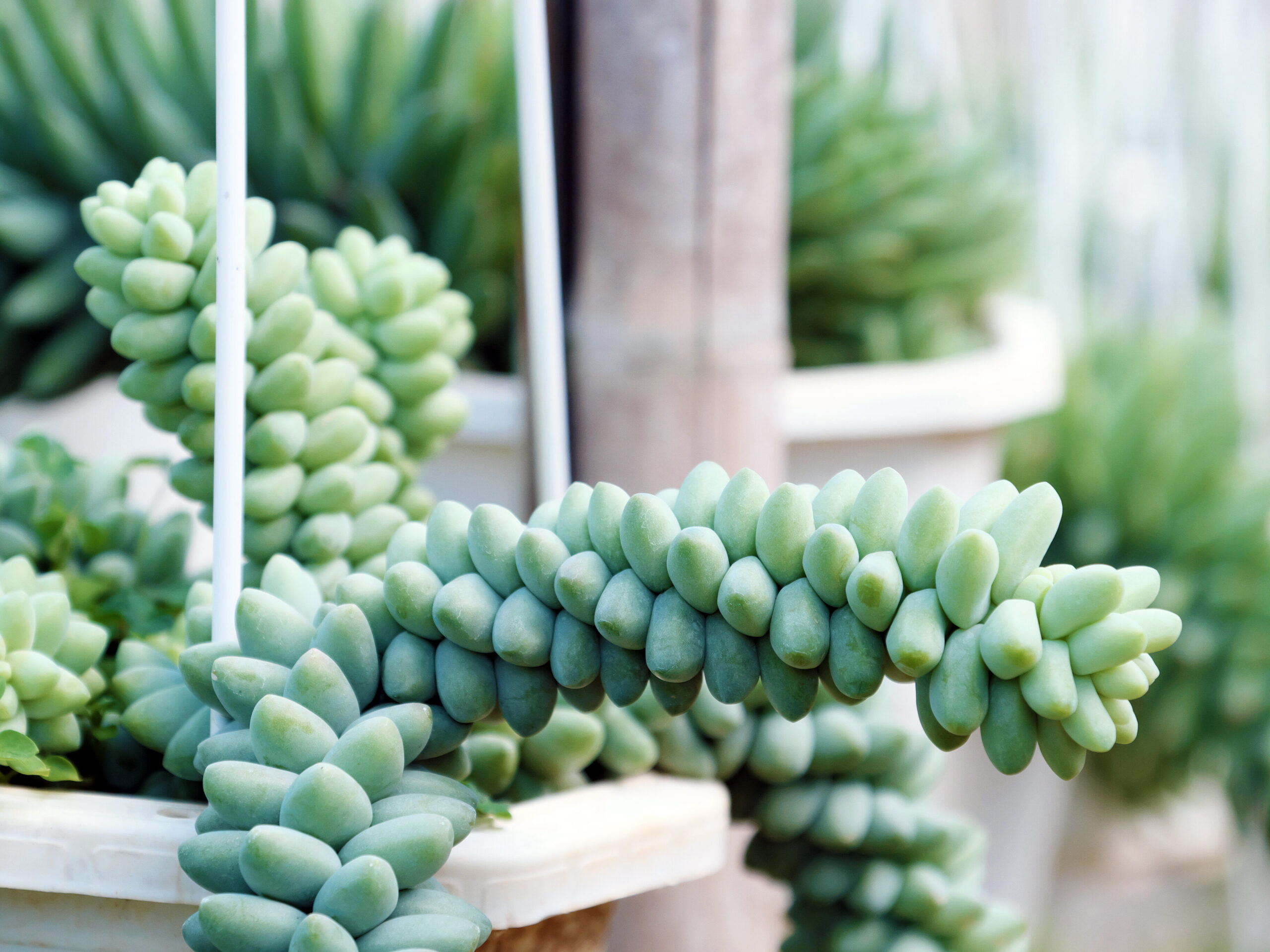
Hens and chicks (Sempervivum spp.):
These succulents have rosettes of thick, pointed leaves that come in various colors and shapes. They are suitable for growing in pots or rock gardens and are safe for cats and dogs.
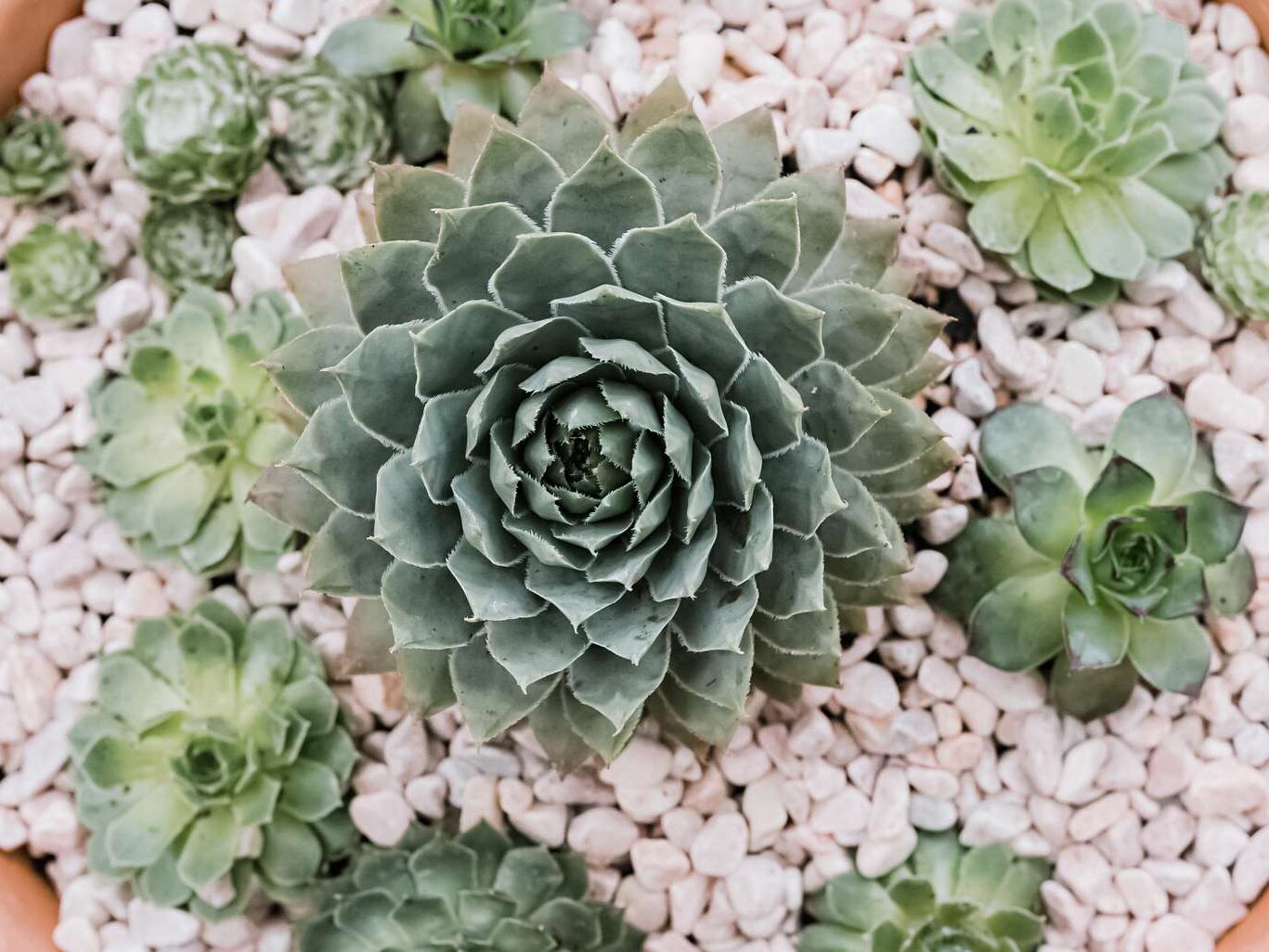
Zebra plant (Haworthia fasciata):
This succulent has dark green leaves with white stripes that resemble zebra patterns. It is safe for cats and dogs and can grow well in low light conditions.
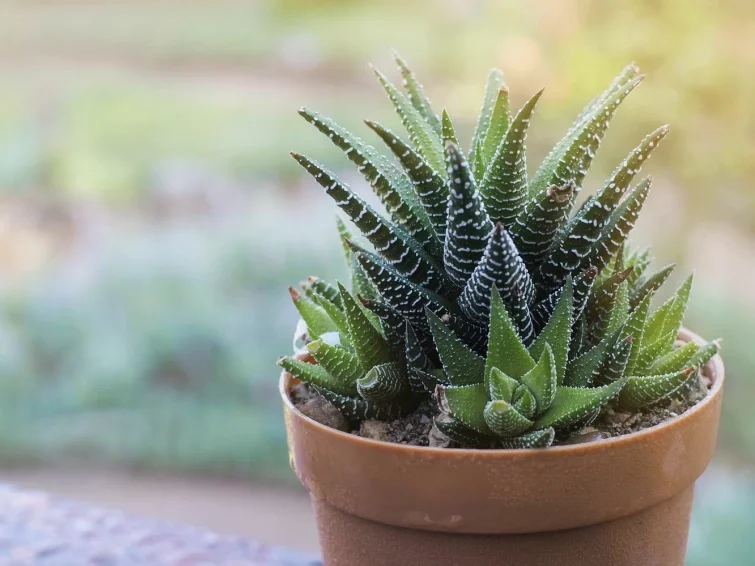
FAQs
1. Is the String of Pearls plant always toxic to cats?
Yes, the String of Pearls plant (Senecio rowleyanus) is considered toxic to cats. Its leaves contain compounds that can be harmful if ingested by cats, potentially leading to gastrointestinal distress and other health issues.
2. What are the symptoms of String of Pearls plant ingestion in cats?
Symptoms of ingestion may include vomiting, diarrhea, lethargy, loss of appetite, and potential difficulty breathing. If you suspect your cat has ingested any part of the String of Pearls plant, contact your veterinarian immediately.
3. How can I keep my cat safe from toxic plants like the String of Pearls?
To keep your cat safe, consider placing toxic plants out of their reach or opting for non-toxic alternatives. You can also create a designated cat-friendly space with pet-safe plants to provide enrichment and stimulation.
4. Are there any safe alternatives to the String of Pearls plant for cat-friendly decor?
Yes, several non-toxic plants can add greenery to your home without posing a risk to your cat. Some examples include spider plants, Boston ferns, and certain varieties of palms. Always research plants thoroughly before bringing them home.
5. Can I still have the String of Pearls plant if I have a cat?
If you have a cat, it’s generally advisable to choose non-toxic plants to ensure their safety. While the String of Pearls plant is stunning, the potential risks it poses to your cat’s health may outweigh its aesthetic appeal.
6. What should I do if I suspect my cat has ingested the String of Pearls plant?
If you suspect your cat has ingested any part of the String of Pearls plant, contact your veterinarian immediately. They can provide guidance on whether medical attention is necessary based on your cat’s symptoms and the amount ingested.
7. Can I display toxic plants if I keep them out of my cat’s reach?
While keeping toxic plants out of your cat’s reach can reduce the risk of ingestion, it’s important to consider the possibility of accidental access or curious behavior. It’s safer to choose non-toxic plants to eliminate any potential hazards.
8. What steps can I take to create a cat-friendly home environment with plants?
Research and choose plants that are non-toxic to cats, ensure proper placement, and consider providing alternative sources of enrichment like cat grass or designated play areas to keep your feline companion engaged and content.
Conclusion
In conclusion, while the String of Pearls plant (Senecio rowleyanus) is an enchanting addition to indoor spaces, its potential toxicity to cats cannot be overlooked. As responsible pet owners, it’s essential to prioritize the well-being of our feline friends by making informed choices about the plants we bring into our homes.
The unique beauty of the String of Pearls should be weighed against the potential risks it poses to our cats’ health. With proper precautions and awareness, we can create a safe and harmonious environment where both our plants and pets can thrive.
References:
- Succulents 101. (n.d.). Extension | West Virginia University.
- Brownie, C. F. (2023b, July 19). Houseplants and ornamentals. MSD Veterinary Manual.

